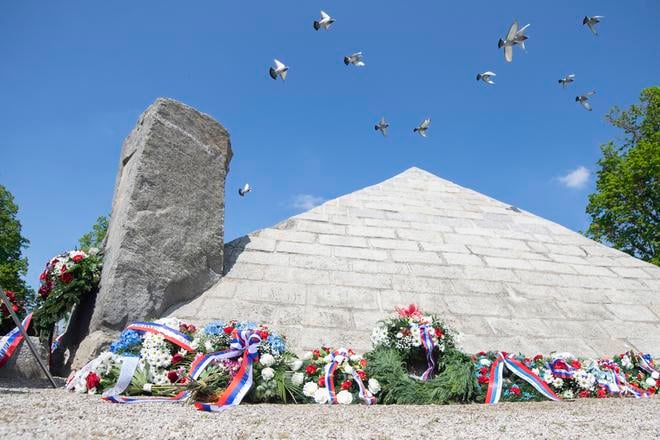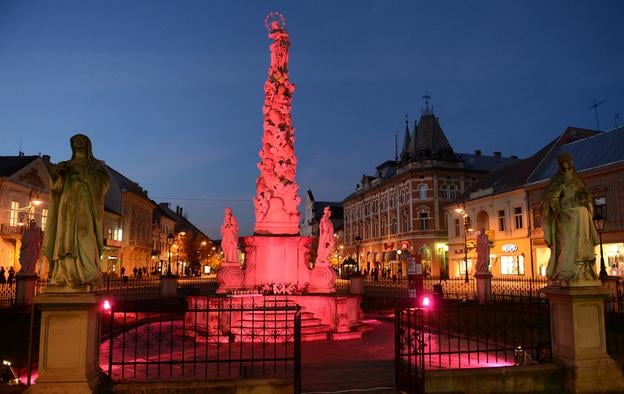While Slovakia is best known for its breathtaking nature, heritage landmarks and hiking, a growing interest is emerging in “dark tourism”. The term refers to the practice of travelling to locations associated with tragedy, crime or death.
Author Tomáš Galierik, whose book Miesta zločinu a tragédií (Places of Crime and Tragedy) explores this phenomenon, explained in an interview with the SITA news agency that dark tourism is one of the most misunderstood yet complex segments of travel.
“Dark tourism is the most controversial, but also the most complicated form of tourism not only here, but worldwide,” Galierik told SITA. “Sites connected with tragedies or executions are often either neglected or misinterpreted, despite their educational and memorial value.”
From World War II mass graves to remnants of drowned villages, Slovakia holds numerous sites with chilling pasts. However, Galierik argues these places should not be viewed through a purely sensationalist lens. “Visiting the site of M.R. Štefánik’s plane crash is technically dark tourism too,” he adds, “but it’s often about remembrance, understanding and education.”
Although there are no officially organised groups solely dedicated to dark tourism in Slovakia, Galierik notes that individuals, researchers and historical societies do visit these locations. “Some people document places linked to organised crime or visit WWII massacre sites, but they rarely promote it openly,” he says.
In eastern Slovakia, Košice Region offers several such destinations. Near Spišský Hrušov, visitors can find the last remnants of the lost village of Miloj. Around Trebišov and Dobšiná, hilltops named “Šibeničný vrch” (Gallows Hill) mark former execution sites. The Palcmanská Maša and Ružín reservoirs, created by flooding villages, are also examples of tragic transformation.
Even Košice, the region’s capital, has its darker side. The baroque Immaculata statue in the city centre stands where public executions once took place. The Mikluš Prison now houses the “Executioner’s Apartment” exhibition, offering insight into mediaeval justice. “Košice had its own executioners until 1837,” says Galierik, who also highlights the 1978 tram disaster, commemorated today at Festival Square, in which nine people were killed and 90 more injured.
Despite the sensitive nature of the topic, Galierik believes dark tourism has a place in modern travel and regional culture. “These sites are part of our identity and history. Ignoring them doesn’t make them disappear,” he concludes.
As Slovakia continues to explore ways to enrich its tourism offer, dark tourism presents an opportunity to engage with history through a more reflective and sometimes unsettling lens.


 One dark tourism site in Slovakia is the place near Ivanka pri Dunaji where national hero Milan Rastislav Štefánik died in a plane crash in 1919. The site is marked by a stone memorial. (source: TASR /Martin Baumann)
One dark tourism site in Slovakia is the place near Ivanka pri Dunaji where national hero Milan Rastislav Štefánik died in a plane crash in 1919. The site is marked by a stone memorial. (source: TASR /Martin Baumann)
 The baroque Immaculata statue in the centre of Košice. (source: TASR)
The baroque Immaculata statue in the centre of Košice. (source: TASR)